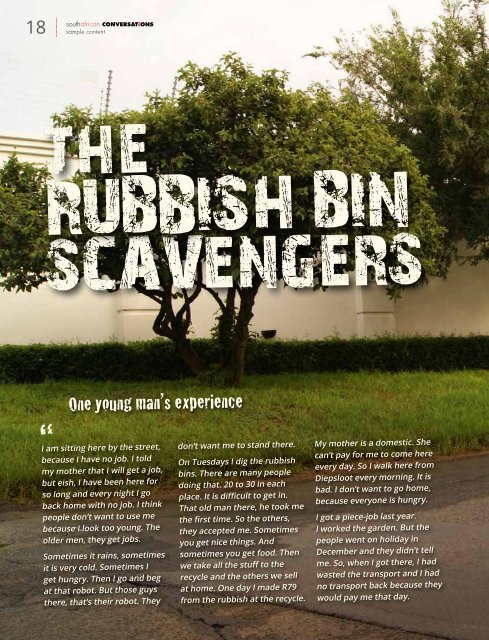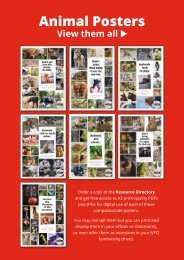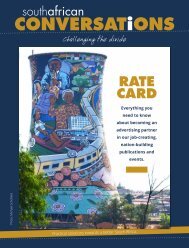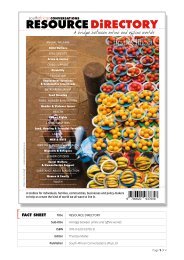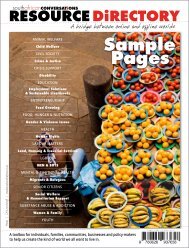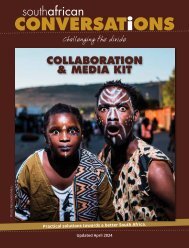South African Conversations sample articles
Insight into who we are as a people. Empowering, practical information. A platform for people who are otherwise voiceless. Suggestions for action by individuals, families, concerned onlookers, businesses and policy-makers to help create a better world for all of us. The South African Conversations magazine is a source of practical, solutions-oriented information. It empowers individuals, families and communities, raises awareness about the lived reality of people who are marginalised, and suggests options for action by concerned onlookers, businesses and policy-makers. The magazine is for sale exclusively by unemployed people who earn 50% of the cover price. Our distribution network is through NPOs across South Africa. These Distribution Hubs earn 17% of the cover price for supplying magazines to sellers and negotiating safe sales spaces for them in places with high levels of affluent foot traffic. Enjoy these sample articles and look for opportunities sprinkled throughout to collaborate with us.
Insight into who we are as a people. Empowering, practical information. A platform for people who are otherwise voiceless. Suggestions for action by individuals, families, concerned onlookers, businesses and policy-makers to help create a better world for all of us.
The South African Conversations magazine is a source of practical, solutions-oriented information. It empowers individuals, families and communities, raises awareness about the lived reality of people who are marginalised, and suggests options for action by concerned onlookers, businesses and policy-makers.
The magazine is for sale exclusively by unemployed people who earn 50% of the cover price. Our distribution network is through NPOs across South Africa. These Distribution Hubs earn 17% of the cover price for supplying magazines to sellers and negotiating safe sales spaces for them in places with high levels of affluent foot traffic.
Enjoy these sample articles and look for opportunities sprinkled throughout to collaborate with us.
Create successful ePaper yourself
Turn your PDF publications into a flip-book with our unique Google optimized e-Paper software.
18<br />
southafrican CONVERSATiONS<br />
<strong>sample</strong> content<br />
5. Lambsquarters<br />
/ Fat Hen (Scientific name:<br />
Chenopodium album – part of the<br />
amaranth family)<br />
6. Plantain. (Broadleaf<br />
plantain. Scientific name: Plantago<br />
major. Ribwort or narrow leaf plantain.<br />
Scientific name: Plantago lanceolata. )<br />
7. Purslane &<br />
Shoreline Purslane.<br />
(Scientific name: Portulaca oleracea.<br />
Belongs to the same family as<br />
Spekboom, which is often referred<br />
to as a Purslane Tree. Spekboom,<br />
though, does not have nearly the same<br />
nutritional benefits as purslane.)<br />
Appearance | Wedge-shaped<br />
oval leaves with saw-like edges –<br />
often blue-green. Often have a white<br />
powdery, non-toxic coating at the top<br />
of the plant and under the leaves.<br />
Where does it grow? | A hardy<br />
plant that likes sunshine.<br />
Poisonous look-alikes | No<br />
poisonous look-alikes.<br />
Nutritional value | Rich in vitamins<br />
A & C, iron and zinc.<br />
Good for | Cleansing toxins from<br />
the body, soothing arthritic joint pain,<br />
reducing inflammation, supporting the<br />
healing of anaemic blood conditions.<br />
Parts of the plant used | Leaves,<br />
flowers & seeds.<br />
Taste | Tastes like spinach.<br />
How to use | Cook the leaves &<br />
flowers like spinach, add them to<br />
dishes or make tea with them. The<br />
seeds can be ground into flour.<br />
Appearance | There are long<br />
and narrow leaf, as well as broadleaf<br />
plantain plants – both edible and<br />
medicinal. Five to nine veins run over<br />
the length of the smooth-edged leaf.<br />
The rosette of ribbed leaves spread<br />
in a circle from one base point. Tall,<br />
green, pencil-shaped flower/seed<br />
stalks. Not related to the banana<br />
known as plantain.<br />
Where does it grow? | In areas<br />
disturbed by humans.<br />
Poisonous look-alikes | Very few<br />
natural look-alikes, and the plants that<br />
do are all non-toxic.<br />
Nutritional value | Rich in betacarotene<br />
and minerals, especially<br />
calcium.<br />
Good for | Skin poultices on<br />
wounds, sores or insect stings.<br />
Parts of the plant used | Leaves<br />
& seeds<br />
Taste | Tastes like wheatgrass juice.<br />
How to use | Use young greens in<br />
salads. Cook older leaves like spinach.<br />
Use the tiny black seeds as a source<br />
of fibre or a thickener, like psyllium<br />
seeds.<br />
Appearance | Smooth, reddish<br />
stems. Thick, succulent leaves. Yellow<br />
flowers with 5 petals.<br />
Where does it grow? | Everywhere!<br />
Not picky about soil type or condition.<br />
Gardeners root them up, not knowing<br />
it’s a superfood they’re throwing away.<br />
Poisonous look-alikes | Spurge:<br />
also grows close to the ground, but<br />
leaves are marked and much thinner.<br />
Nutritional value | Contains<br />
more Omega 3 fatty acids than some<br />
species of fish. Rich in vitamins A & C,<br />
magnesium, manganese, potassium,<br />
iron and antioxidants.<br />
Good for | Brain development, heart<br />
health, asthma and diabetes. It is a<br />
natural anti-depressant.<br />
Parts of the plant used | Leaves.<br />
Taste | Lemony<br />
How to use | Add leaves to salads,<br />
sandwiches, smoothies, soups & stews.


